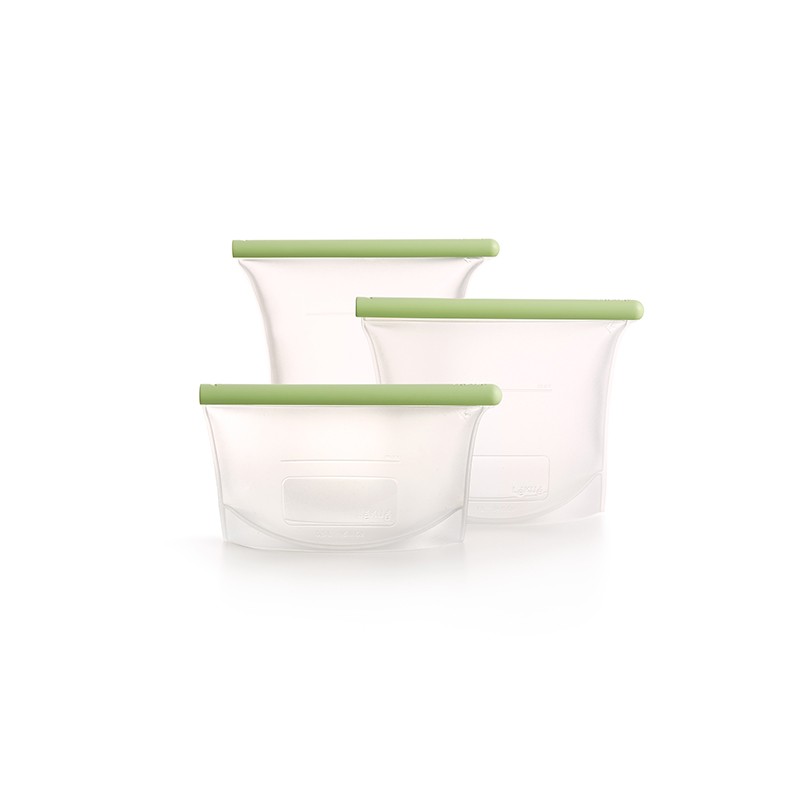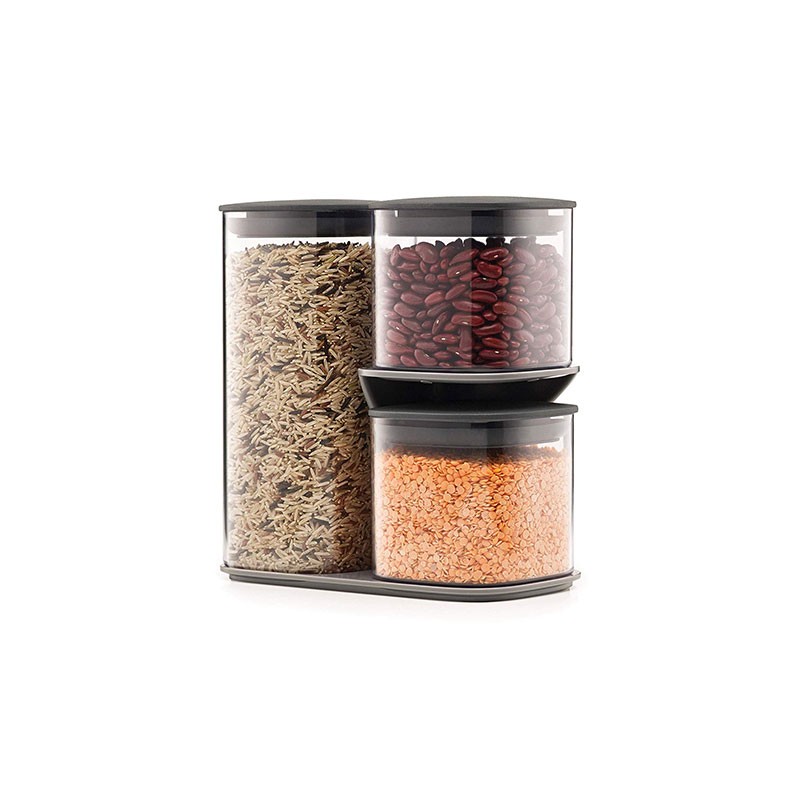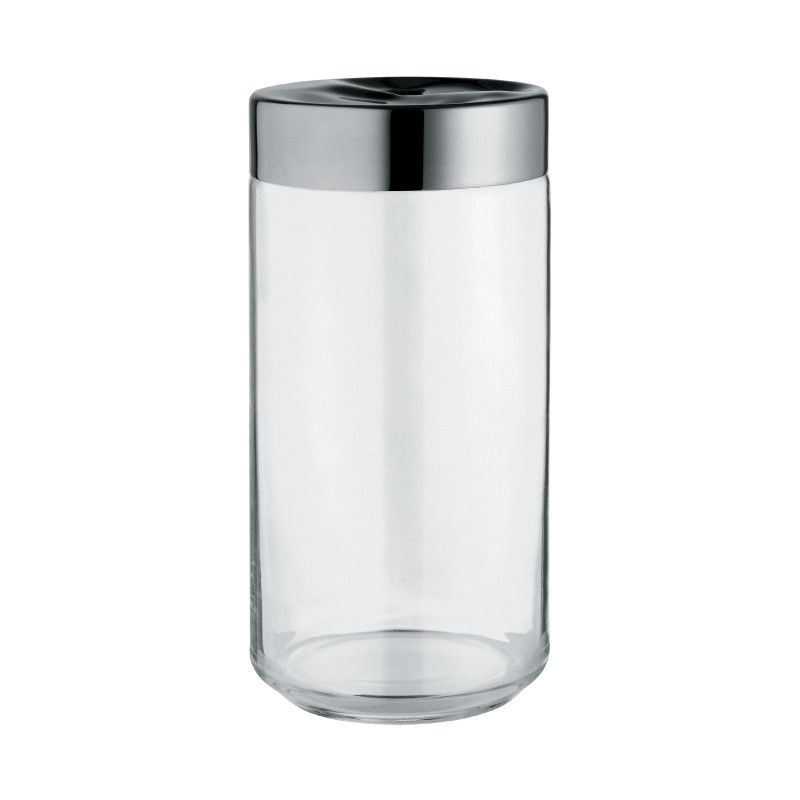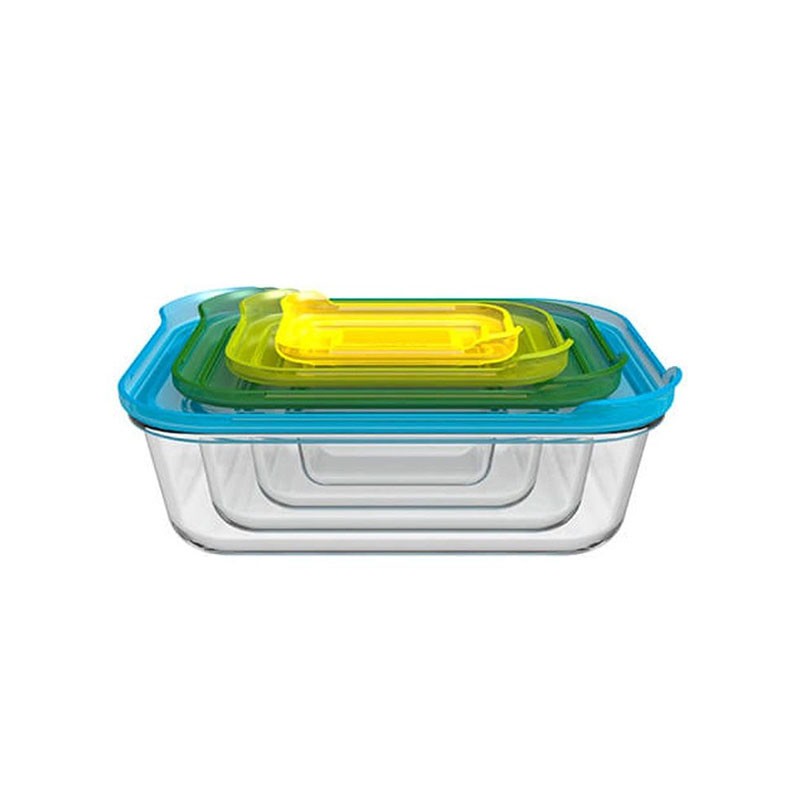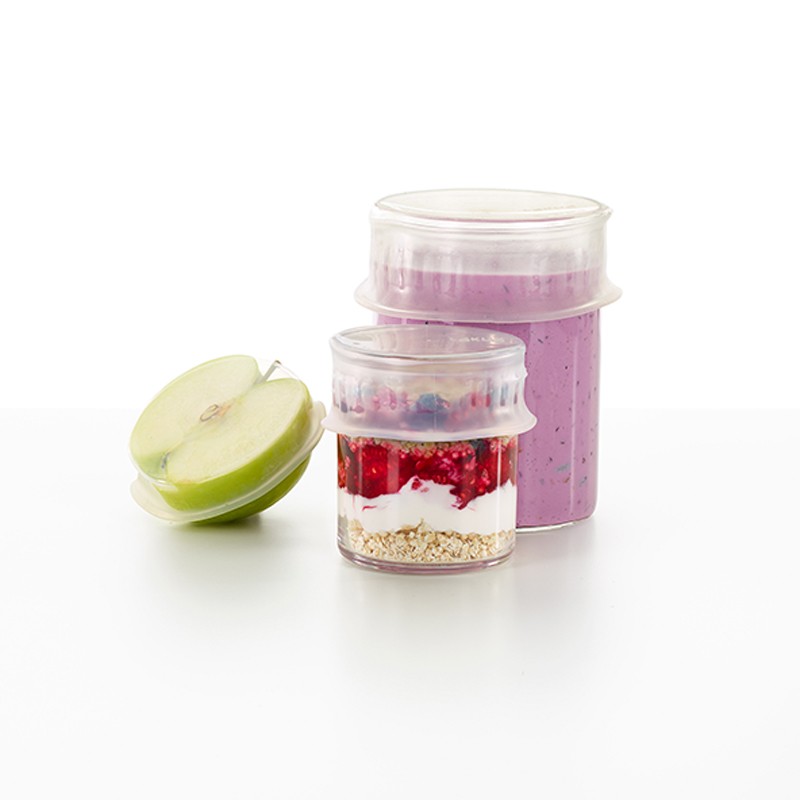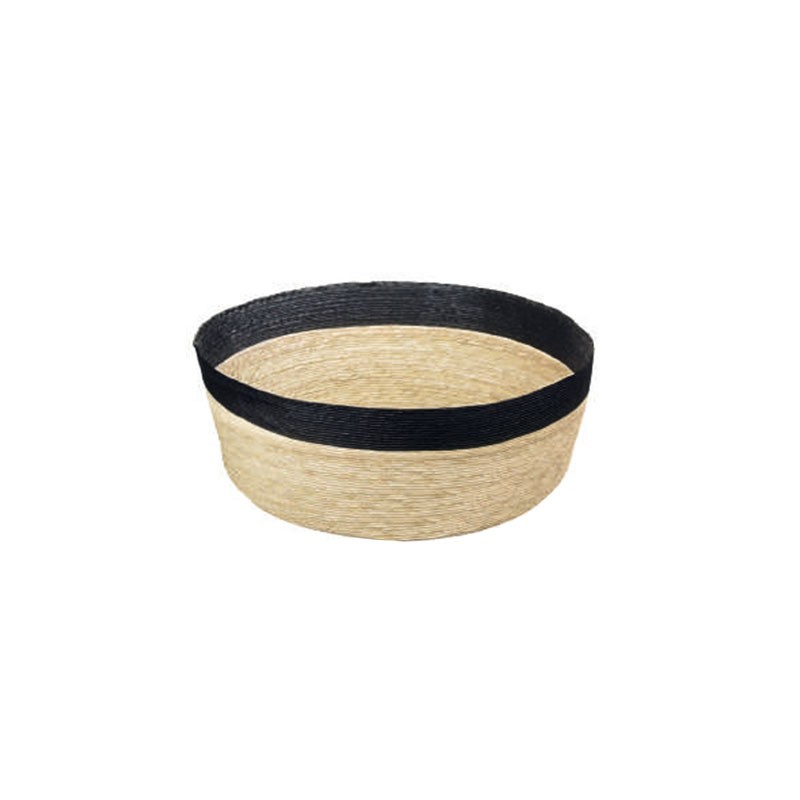Product successfully added to your shopping cart
There are 0 items in your cart. There is 1 item in your cart.
Last blog articles
How to Cut Cheese and Create the Perfect Cheese Board for Your Christmas Table -
Celebrate and Offer - Christmas gift ideas -
Goodwill: The Magic of Christmas in Pieces That Tell Stories -
Hermann Bauer: Christmas Gifts with Tradition and Elegance -
Magic Christmas Collection: Elegance for Your Holiday Table -
How to Organize the Fridge: Learn how to use the space!
Published : 01/30/2021
Categories : Let yourself be Inspired

The organization of the fridge is not only necessary but also helps to avoid food waste, save energy and, consequently, save some money at the end of the month.
In case you didn’t know, the different areas of the fridge have different temperatures, and it’s extremely important to know in which part of the fridge, the food should be placed and which containers are most appropriate.
Before we explain to you step by step how to extend the shelf life of your food, make sure that your fridge is at + 4°C and your freezer at - 17°C (recommended temperatures to prevent bacteria and microbes that contaminate food).
What to Use to Organize the Fridge
Unlike freezers, in fridges, air must circulate to keep the temperature constant. Therefore, the most important step is not to overload the shelves.
Thus, to avoid it, there are some ways and items that are essential for the correct storage of food.
First of all, it’s essential to wash vegetables and fruits and store them in silicone or plastic bags - together with a sheet of paper that will absorb the moisture, extending their life - so they’re not subject to catching bacteria.
Other indispensable items that you can use to keep your fridge organized are glass containers and jars, silicon caps or even open baskets are also very important to organize and gain space in the fridge.
These preservation methods will allow the food to be properly sealed, avoiding contamination and dissipation of odours, extending its freshness.
Where and What to Store in the Fridge
It’s not enough to know what to use to organize the fridge, it’s also important to know where to store food correctly, as the fridge is designed in a specific way where each thing has its place.
The condiments that are resistant to temperature variations (due to the opening and closing of the fridge) should be placed on the door, where you can store: sauces, drinks and condiments (like pickles, among others).
The top shelves should be reserved for food that has already been cooked or that doesn't need to be cooked, as this is the part of the fridge that has the most stable temperature. Here can be stored: dairy products, herbs, delicatessen and leftovers.
The bottom shelves are the coldest part of the fridge, so here you should put the things that spoil most easily. Eggs, meat, fish and seafood can be stored on them.
Fruits and vegetables should be stored separately in the drawers. These must be separated since the fruit produces a hormone called ethylene, the gas responsible for the ripening of the fruit. Thus, if they’re mixed with the vegetables, they’ll rot very easily.
What Not to Keep in the Fridge
Certain foods should not be kept in the fridge, either because the low temperatures can speed up their ripening process, or because they easily absorb odours, or there are more appropriate places for their proper preservation. These foods are tomatoes, potatoes, pumpkins, onions, garlic and basil.
Tips
- The fridge must be properly cleaned once a month: it’s extremely important to degrease and clean the door rubbers so that they maintain the effectiveness of the insulation.
- Avoid using detergents for cleaning it, as food can absorb these smells. Use 2 spoons of baking soda for each ¼ of hot water, moistening a cloth and using another one dry to dry all the parts.
- Whenever you’re away from home for several days, you should switch off and empty the fridge, leaving the doors open to avoid bad smells. You’ll save a lot of energy and money.
- Avoid opening and closing the fridge door repeatedly: this makes the temperature rise and there is consequently an increase in energy needed to restore the ideal temperature.
- In the freezer, food must be stored by category. It’s important to reinforce the idea that here food should be kept in silicon or plastic containers or bags. Airtight boxes are one of the best solutions for storing food.
Now that you know the best way to organize your fridge, apply it and you will see that when you open it will be a pleasure.
Feeling better is so simple!

